Henry van de Velde und Edvard Munch in Chemnitz
- 207 pages
- 8 hours of reading
Chemnitz ist mit dem Werk Henry van de Veldes eng verbunden. 1902/03 erhielt er mit der Villa Esche seinen ersten architektonischen Bauauftrag in Deutschland. Durch Van de Velde angeregt wurde Edvard Munch als Familienporträtist beauftragt. Anlässlich der 150. Geburtstage der beiden Künstler zeigen die Kunstsammlungen Chemnitz eine umfangreiche Ausstellung aus allen Wirkungsbereichen Van de Veldes. In Sonderschau und Begleitkatalog wird der belgische Künstler mit mehr als 300 Objekten – Möbeln, Textilien, Silber, Keramiken, Porzellan, Arbeiten auf Papier – als ein universeller Künstler, Architekt, Innenarchitekt und Gestalter präsentiert. Einen sehenswerten Einblick erhält man darüber hinaus in das Schaffen von Edvard Munch mit Beispielen aus der Sammlung und wertvollen Leihgaben.
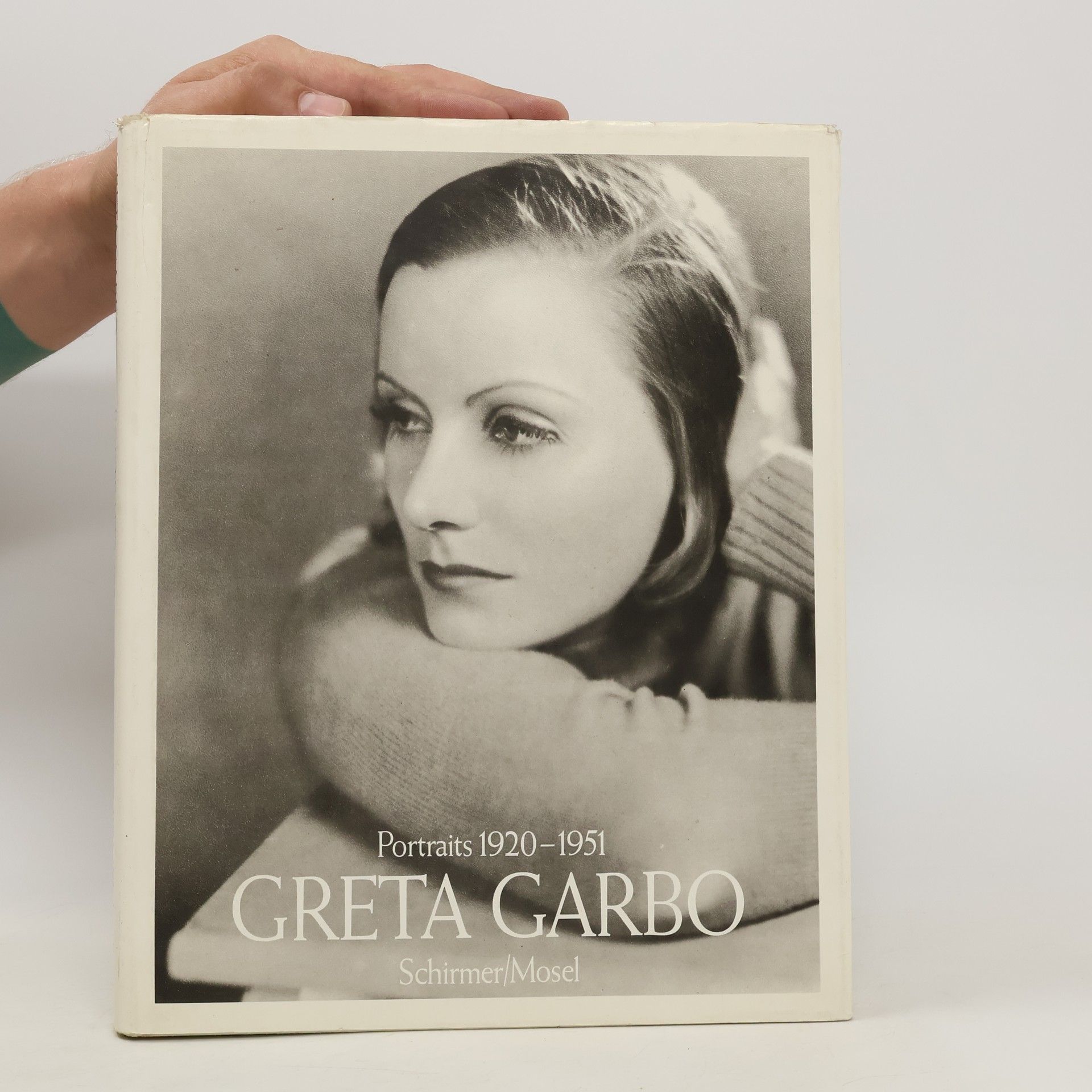
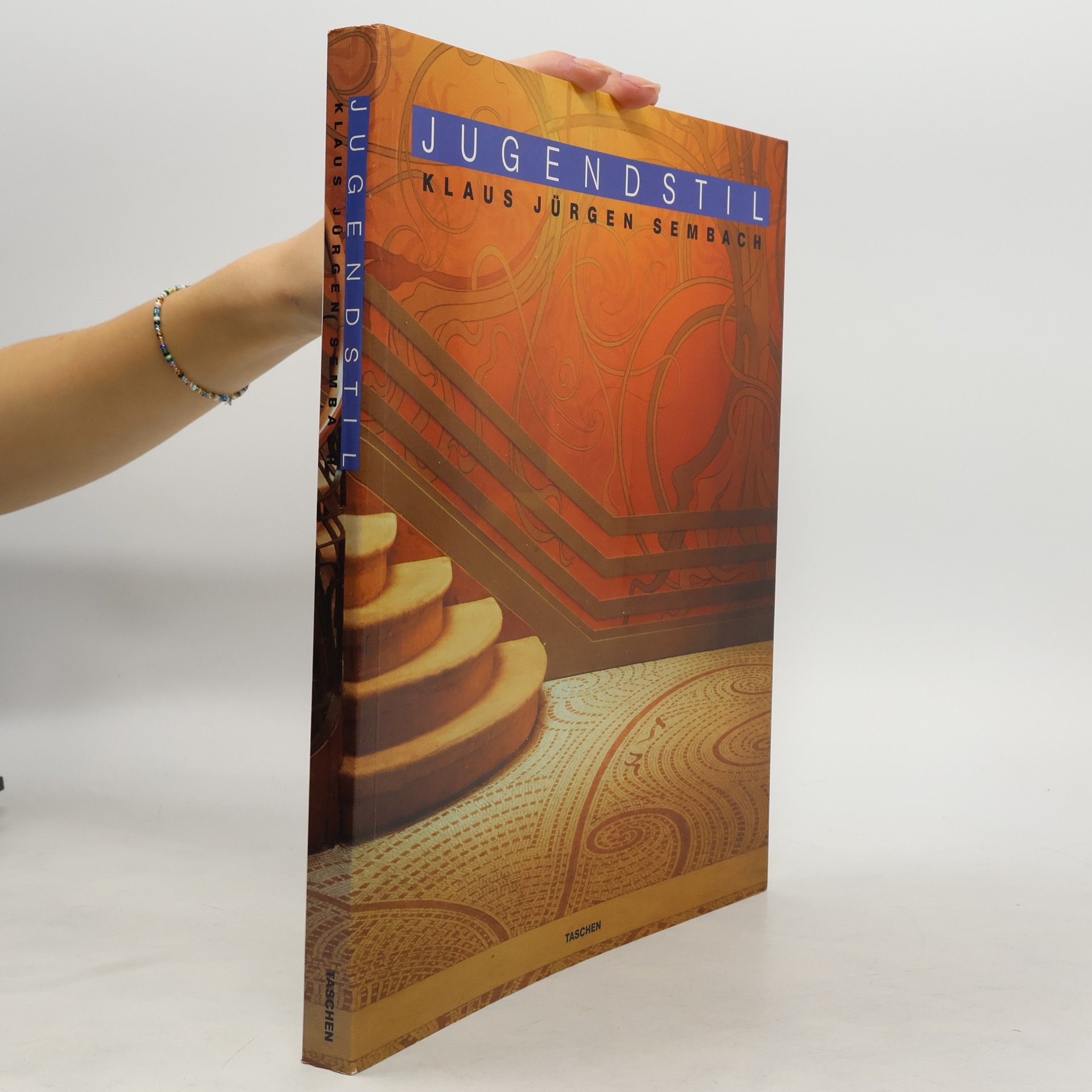

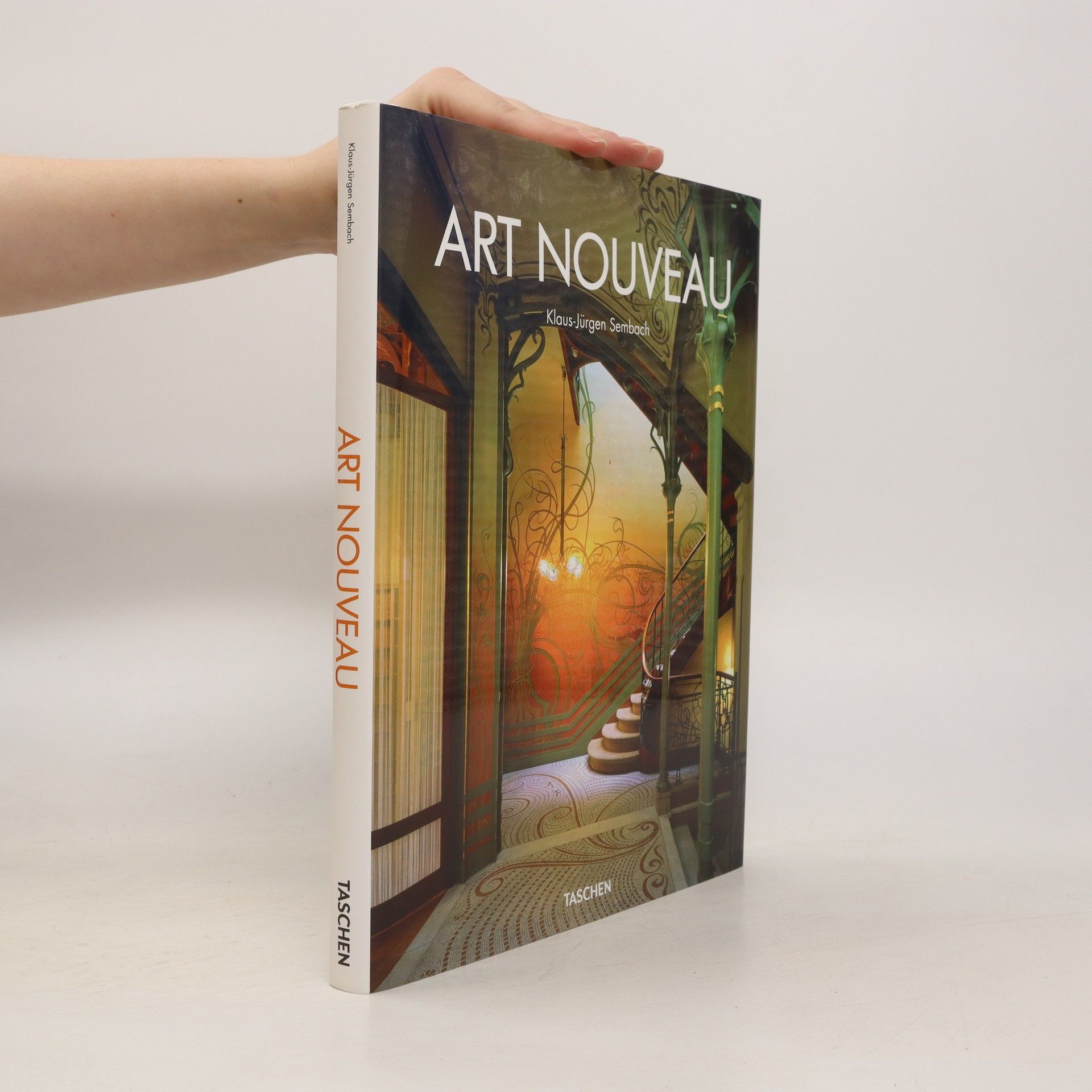
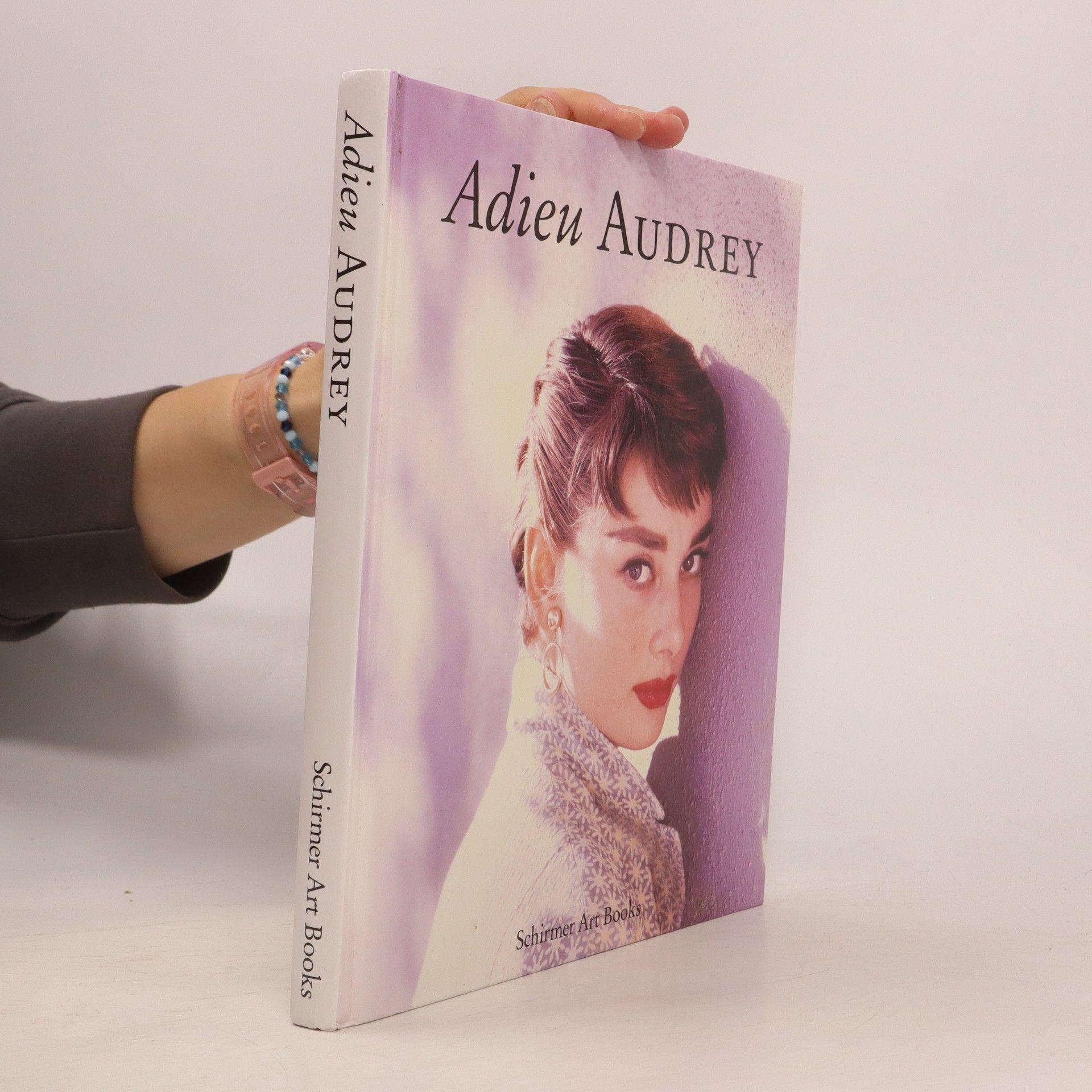
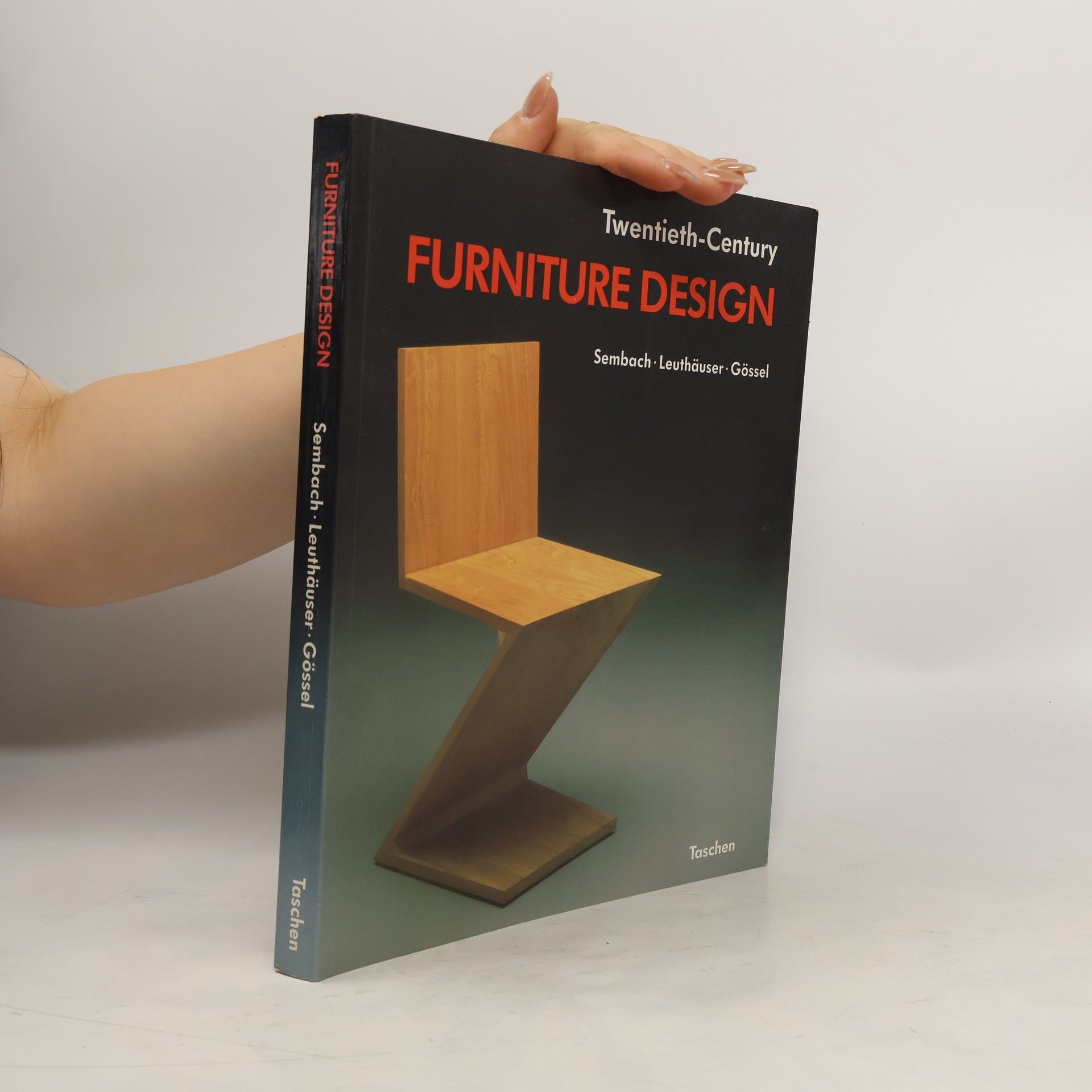
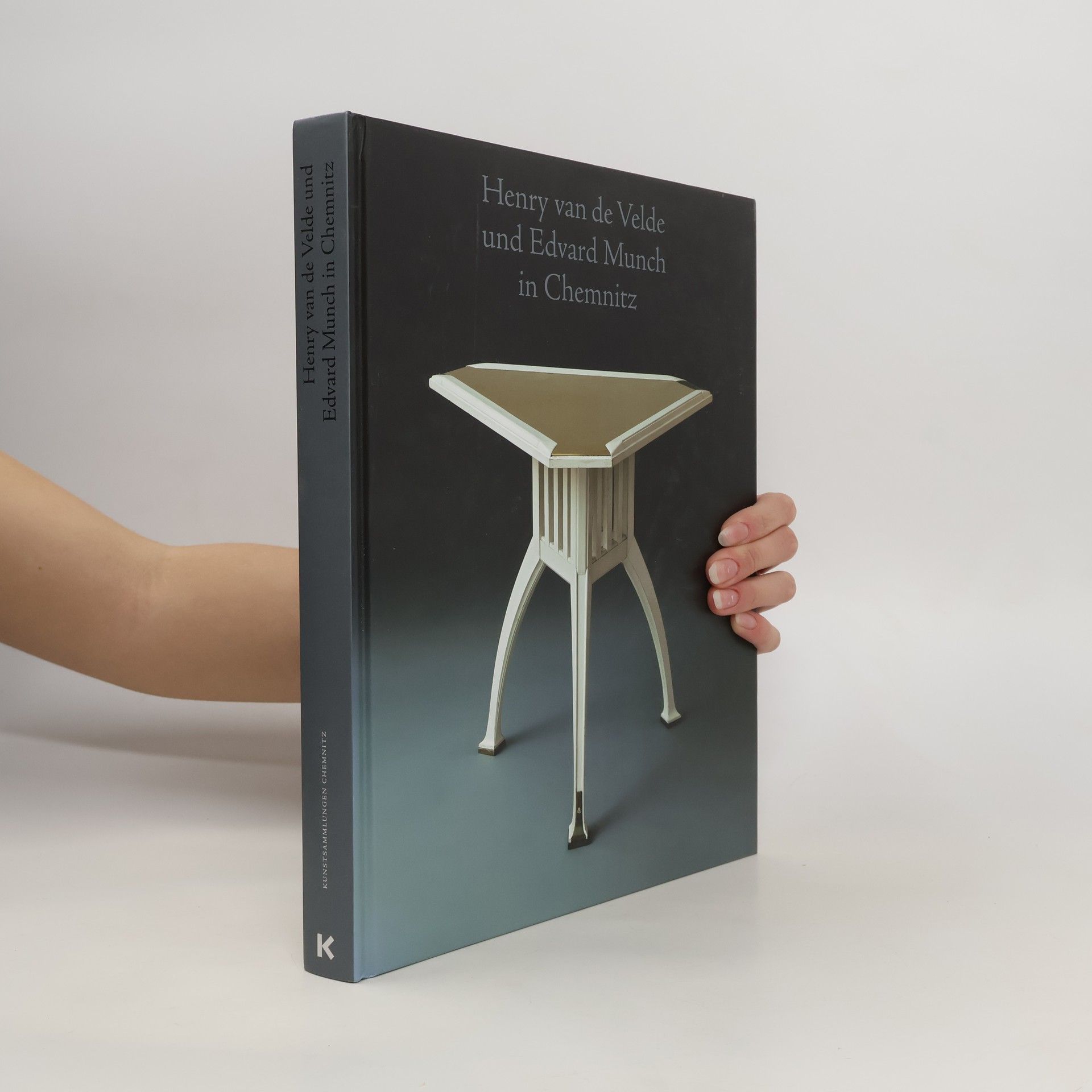

![Stil 1930 [neunzehnhundertdreissig]](https://rezised-images.knhbt.cz/1920x1920/59472736.jpg)